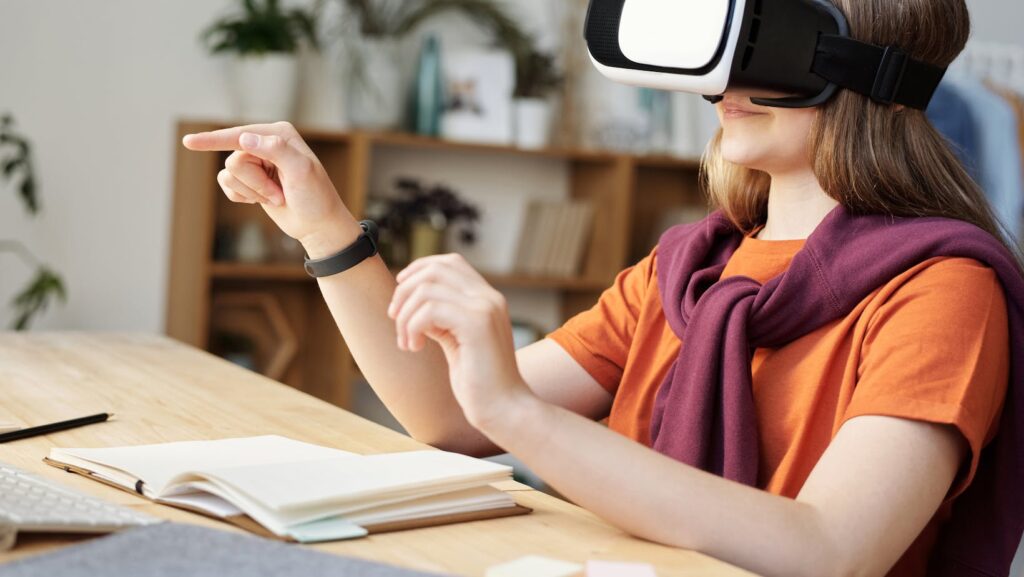In the fast-paced world of the 21st century, technology is revolutionizing every aspect of our lives, and education is no exception. Emerging educational technologies are transforming the way we learn, teach, and interact with knowledge.
Emerging Educational Technologies

Emerging educational technologies signify a revolution, transforming not only teaching tools but the very fundamental structure of education. Changes instigated by technological advancements facilitate more accessible and personalized learning, breaking traditional barriers down in the process. An exploration of the effects these technologies have on learners, educators, and society reveals compelling prospects for education’s future.
Emerging educational technologies, in its broadest sense, refer to the blend of physical and virtual tools that help facilitate learning by making it more interactive, engaging, and efficient. These technologies encompass many domains, from Artificial Intelligence (AI), Augmented Reality (AR) and Virtual Reality (VR), to Learning Analytics and Gamification. An example could be an AI-powered tutoring system that offers personalized curriculum to students based on their learning style and pace. Likewise, VR could be used to create immersive learning environments, aiding in understanding complex topics. The scope of these technologies extends to all levels of education, from kindergarten to higher education and beyond, marking a paradigm shift in traditional learning methods.
Key Technologies Reshaping Education
Artificial Intelligence in Personalized Learning
Artificial Intelligence (AI) delivers personalized and adaptive learning experiences. Its presence in education optimizes myriad educational processes, impacting learners and educators. AI-powered tutoring systems, for example, provide tailored learning materials based on a learner’s knowledge gaps and strengths. They adapt any learning speed and style, ensure comprehension, and allow students to learn at their own pace. Personalized learning fosters a dynamic educational environment that supports and encourages learning diversity.
Virtual Reality and Augmented Reality in Classrooms

Virtual Reality (VR) and Augmented Reality (AR) add value to the learning experience. They enable immersive, hands-on experiences that are otherwise impossible in a physical classroom setting. For instance, VR enables learners to explore space or historic moments in history through 3D simulations.
AR, on the other hand, overlays digital information in real-world environments. Students can examine a 3D model of a human heart, for instance, adding depth to their learning. These technologies make abstract concepts tangible, facilitate more effective knowledge retention, and ignite a natural curiosity for learning. The integration of VR and AR in classrooms fosters educational experiences that bridge the gap between theory and practical application.
Benefits of Emerging Technologies in Education
Enhanced Engagement and Retention
Emerging educational technologies amplify student engagement by transforming rote learning into interactive experiences. For instance, Virtual Reality (VR) places students in the heart of the subject matter, allowing them to interact with the content in unique and meaningful ways. Augmented Reality (AR), on the other hand, overlays digital information on the physical world, making learning more engaging and stimulating. As a result, students have shown higher retention rates, recalling information more efficiently due to these immersive learning environments.
Accessibility and Inclusivity Improvements
Another striking benefit of emerging educational technologies lies in their potential to make education more accessible and inclusive. Technological advances, such as Artificial Intelligence (AI), have accelerated the creation of personalized learning tools that adapt to individual learning styles. AI-powered systems can provide real-time feedback and ajust teaching materials based on students’ progress and needs, making it easier for different learning types to thrive.
Revolutionizing the Learning Landscape

Emerging educational technologies are indeed revolutionizing the learning landscape. They’re not just enhancing the way students learn but also redefining the boundaries of education itself. AI, VR, and AR are taking personalized learning to new heights, making education more engaging, accessible, and inclusive. They’re breaking down geographical barriers and offering unprecedented opportunities for exploration beyond classrooms. As these technologies continue to evolve, they’ll further transform education, making it more tailored, immersive, and inclusive. It’s an exciting era for education and these advancements are just the tip of the iceberg.

